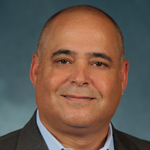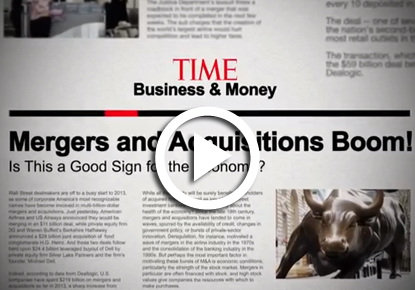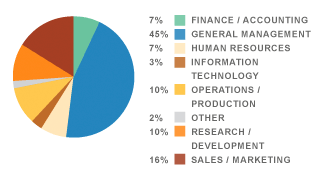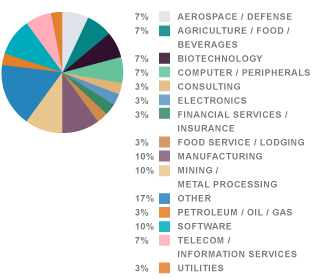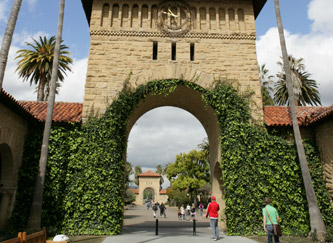M&A TEAM SIMULATION PROJECT
The M&A team simulation proprietary project spans the entire week of the program, and provides hands-on experience with all aspects of an M&A deal, giving you the opportunity to implement the tools acquired throughout the week. At the end of the week, teams will present their decisions and outcomes to share their learning.
NEGOTIATION: GETTING (MORE OF) WHAT YOU WANT
The process of negotiation requires an understanding of both the negotiator's and counterpart's interests and preferences. But many negotiators do not give sufficient consideration to identifying what they want. And, many more negotiators do not have sufficient insight into the perspectives of their counterparts to put forward value-creating proposals. This session will explore strategies to follow and pitfalls to avoid, enabling negotiators to get more of what they want out of negotiations by improving the quality of their planning and preparation processes.
M&A TAX PLANNING
Deciding on a particular structure for an M&A deal can have major income tax implications for both the buyer and seller, which is why it's imperative that even nonfinancial executives understand the fundamentals of successful M&A tax planning. During two class sessions, you will gain familiarity with several basic tax structures for M&A deals, understand the circumstances under which particular structures are more favorable, and recognize how a carefully planned tax strategy can help maximize the potential value of a particular deal.
POST-MERGER INTEGRATION
Before an M&A deal is done, the planning of successfully integrating and managing the newly combined organization should be well underway. Using research and business cases as references, you will analyze and discuss the structural, cultural, and social implications of combining organizations. You'll identify the core components of a post-merger integration model to capture and deliver the potential value of merger opportunities and learn practical tools for cultural integration.

